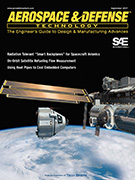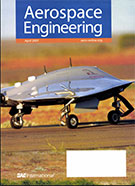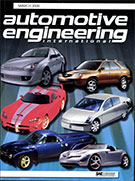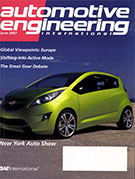Magazine
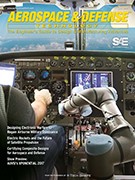
Aerospace & Defense Technology: April 2017
2017-04-06
Designing Electronic Warfare to Regain Airborne Military Dominance Certifying Composite Designs for Aerospace and Defense Electric Rockets and the Future of Satellite Propulsion Flat Cable Technology for Aerospace Applications XPONENTIAL 2017 – An AUVSI Experience Pulse Analysis Techniques for Radar and Electronic Warfare Reconfigurable Radio Tracks Flights Worldwide Development of an Optically Modulated Scatterer Probe for a Near-Field Measurement System Using Dempster-Shafer Fusion for Personnel Intrusion Detection Angular Random Walk Estimation of a Time-Domain Switching Micromachined Gyroscope Using Fisher Information Criteria for Chemical Sensor Selection via Convex Optimization Methods Luminescence Materials as Nanoparticle Thermal Sensors




